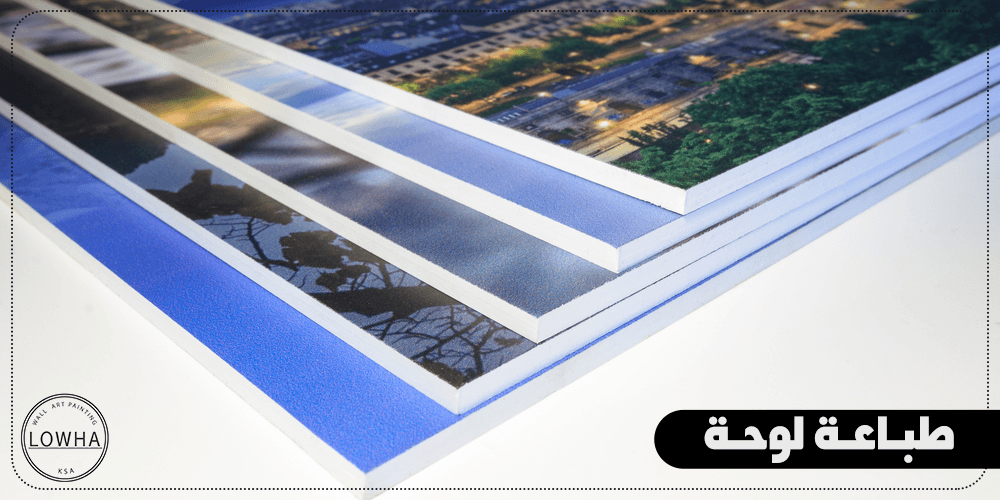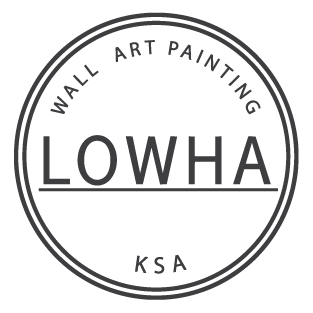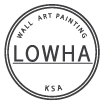
In fact, printing a painting and photographing a picture are two completely different things. Although they are closely related in how they depend on each other, they differ greatly. So, just because you can take amazing photos, doesn't mean you can make amazing prints, and vice versa. In this guide, we provide you with everything you need to get perfect boards of the highest quality possible. We also provided you with the best printed paintings that suit all tastes and different types of decoration.
What are the most important considerations to take into account when printing a mural?
picture quality
Not all images are good for printing. There are several things to consider when deciding whether or not a photo is worth printing as a painting. These things include; Sharpness, noise, image colors, and even image composition and content.
Precision
Resolution isn't the most important thing when taking photos for online or small prints, but if you're thinking of printing large paintings, resolution is very important. It's basically a limitation on the size of your photo or print. This is where megapixels actually matter. So if you want to print a photo and turn it into a painting, use the largest file size possible, and shoot in RAW format.
Resolution means the number of pixels per square inch of a printed board. The standard resolution for printed images is 300 dpi. This means that when printing a 4 x 6 plate for example, you should have a resolution of 1800 x 1800 pixels.
Materials and ink used to print a plate
Print quality and texture can have a big impact on the final look of your painting, as can the ink you use. There is a large variety of different papers that you have to choose from carefully. You can also print on canvas, plastic board, metal, or even wood.
Among the distinguished products that we offer you in Palette:
- Canvas print
What is the best paper for art prints?
There are two things to consider when considering the best paper for plate printing: the paper or other surface you're creating your plate on, and the paper you're printing on. If you're a board designer or painter with pencils and colors and want to print this artwork to canvas, you're probably already creating artwork on a surface that can be scanned, but sometimes you might not. So you'll want to scan the artwork and convert it to a print later, in which case it's a good idea to use canvas because it's flat and easy to scan. Stretched canvases can also be erased , but are a little trickier to master. So choose the simplest way possible so that you are familiar with the process.
As for the paper you're printing on, acid-free archival paper is best. This paper will last longer and keep your art looking the way it's supposed to, even if it's framed and collects dust and light. Whether you choose matte or glossy paper is up to your preferences and artwork requirements. Matte paper tends to absorb and distribute dyes more than glossy paper. So if you want a painting print with fine detail, you may prefer a glossy finish. Also, glossy paper doesn't have to be very glossy; You can even get semi-gloss paper too. There are main types of papers that we recommend for printing plates:
Matte paper
Matte paper looks a little grainy and doesn't have the distinct shine of glossy papers, but it does give a softer look to your paintings. It is also useful for paintings that will be kept behind glass; Because it produces less glare than its brighter counterparts. In addition, matte paper also has the texture of paper, which is great when printing paintings that people touch.
Semi-glossy paper
This paper is midway between fully glossy and matte. The great thing about semi-gloss paper is that it will still give you that distinct sheen, but it won't be so glossy, which also becomes highly reflective and often hard to see from certain angles.
Fiber-based parita paper
Baretta paper is the standard choice for photographic plates. You may have seen it without even realizing it. Most art galleries use Barita paper to print and display paintings. Barita uses a chemical called barium sulfate in the coating process. This chemical improves painting detail. It results in a long-lasting, high-quality print. Therefore, it is a great choice for printing high-value paintings that you want to keep for a long time.
Glossy glossy paper
Glossy paper is popular worldwide due to its distinctive brilliance as it creates bold and stunning paintings. However, it can also result in reflective glare. It is also not usually suitable for printing antique paintings or pastels, as it would clash with the style of the artwork.
Glossy canvas
Glossy canvases are a popular choice for fine art prints. Most likely because of its ability to intensify the tonal characteristics of an image, and to give the painting an artistic feel with vibrant and deep colours, even if it is not an original work. However, glossy transfer paper often hides the small details of an image. Therefore, if your paintings have many intricacies, we suggest a matte canvas print to bring out the fine details and dots.
In Palette, we offer you:
- Custom poster printing
So, you can follow the tips and criteria we gave you in this guide in order to print a plate with the best possible quality. In a painting, we saved you the trouble of complicating the process, and provided you with a group of the best paintings that suit different needs and tastes. You can also print any painting on demand with the highest quality and the lowest price.

